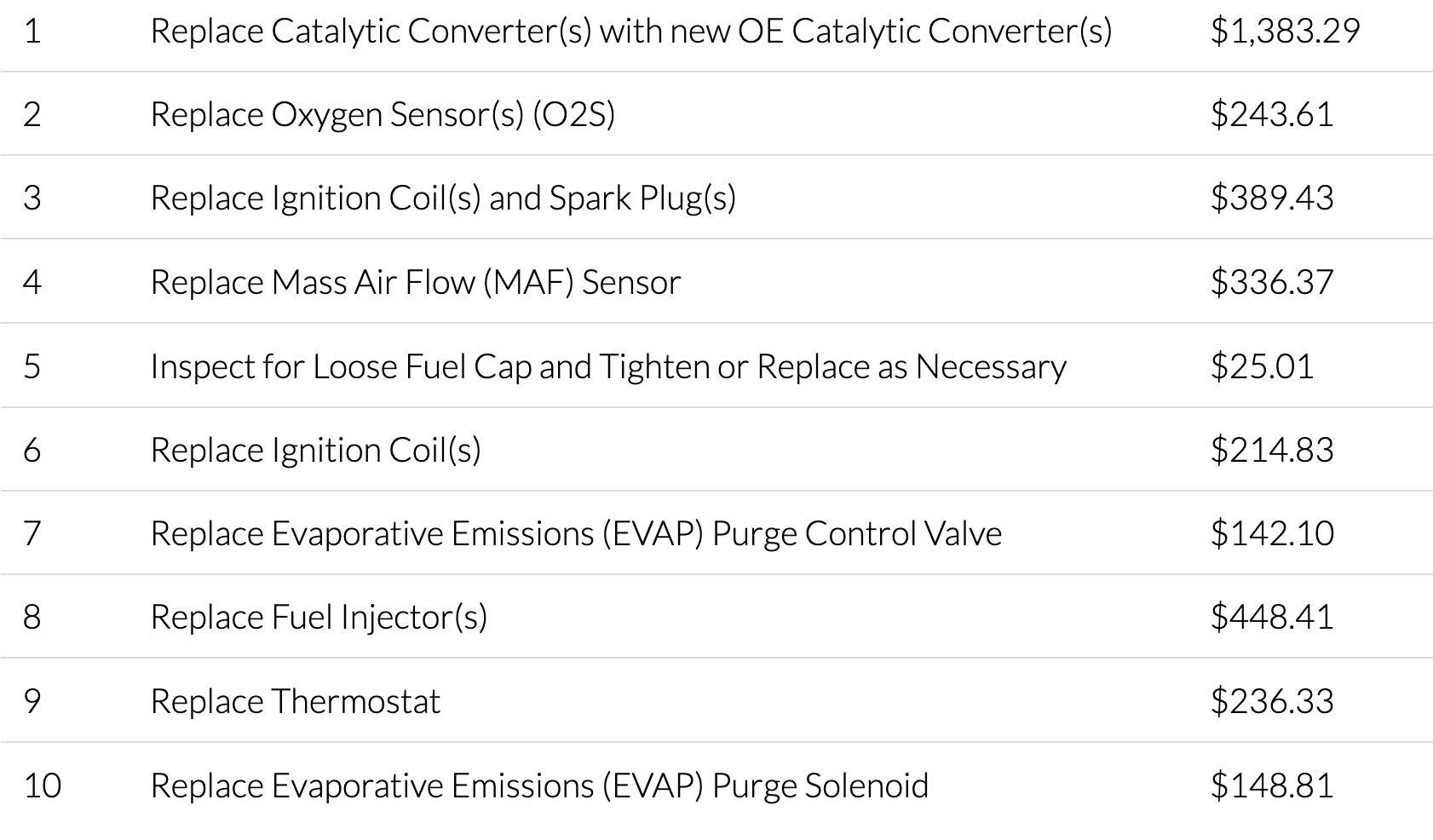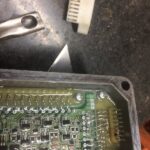OBD2 (On-Board Diagnostics II) is a standardized system that allows car owners and mechanics to diagnose vehicle problems. The system uses a series of codes, known as DTCs (Diagnostic Trouble Codes), to identify specific malfunctions. This article focuses on “C Codes Obd2,” which indicate issues with the vehicle’s chassis. Understanding these codes is crucial for effective troubleshooting and repair.
Decoding C Codes: What They Mean and Why They Matter
C codes represent problems within the chassis system, encompassing components outside the passenger compartment and engine. This includes critical systems like:
- Steering: Problems with power steering, steering angle sensors, etc.
- Suspension: Issues with shocks, struts, springs, and related components.
- Braking: Malfunctions in ABS, brake pads, rotors, and other brake system parts.
These systems are vital for vehicle safety and handling. Ignoring C codes can lead to dangerous driving conditions and costly repairs down the line.
Structure of an OBD2 C Code
Like other OBD2 codes, C codes follow a five-character structure:
- First Character (C): Indicates a chassis-related problem.
- Second Character (0 or 1): “0” denotes a generic SAE (Society of Automotive Engineers) code, applicable to all OBD2 compliant vehicles. “1” signifies a manufacturer-specific code.
- Third Character: Pinpoints the specific chassis subsystem affected (e.g., steering, suspension, brakes).
- Fourth and Fifth Characters: Specify the exact fault within the subsystem.
For example, the code C0210 might indicate a malfunction in the ABS system’s hydraulic pump.
Common C Codes and Their Meanings
While there are numerous C codes, some occur more frequently than others. Here are a few examples:
- C0200: Indicates a general malfunction in the ABS system.
- C0222: Signals a problem with the left front wheel speed sensor.
- C0265: Suggests a malfunction in the Electronic Brake Force Distribution (EBD) system.
- C0445: Relates to problems with the Evaporative Emission Control System (EVAP).
It’s important to consult a reliable OBD2 code database or repair manual for a complete list of C codes and their specific meanings for your vehicle’s make and model.
Diagnosing and Addressing C Codes
When a C code triggers the check engine light, further diagnosis is necessary. OBD2 scanners, available at auto parts stores or online, can retrieve and display the codes.
Next steps involve:
- Researching the specific code: Understanding the potential causes.
- Inspecting related components: Checking for visual damage, loose connections, or wear and tear.
- Using diagnostic tools: Employing multimeters, pressure gauges, or other tools to test components.
Depending on the complexity of the issue, repairs may range from simple fixes like replacing a sensor to more involved procedures like brake system repairs.
Conclusion: C Codes and Vehicle Maintenance
C codes in OBD2 provide valuable insights into the health of your vehicle’s chassis system. By understanding these codes and utilizing proper diagnostic techniques, you can address problems promptly, ensuring safe and reliable vehicle operation. Regular maintenance and timely repairs can prevent minor issues from escalating into major, costly problems. Remember to consult a qualified mechanic for complex repairs or if you’re unsure about diagnosing or fixing the issue yourself.


